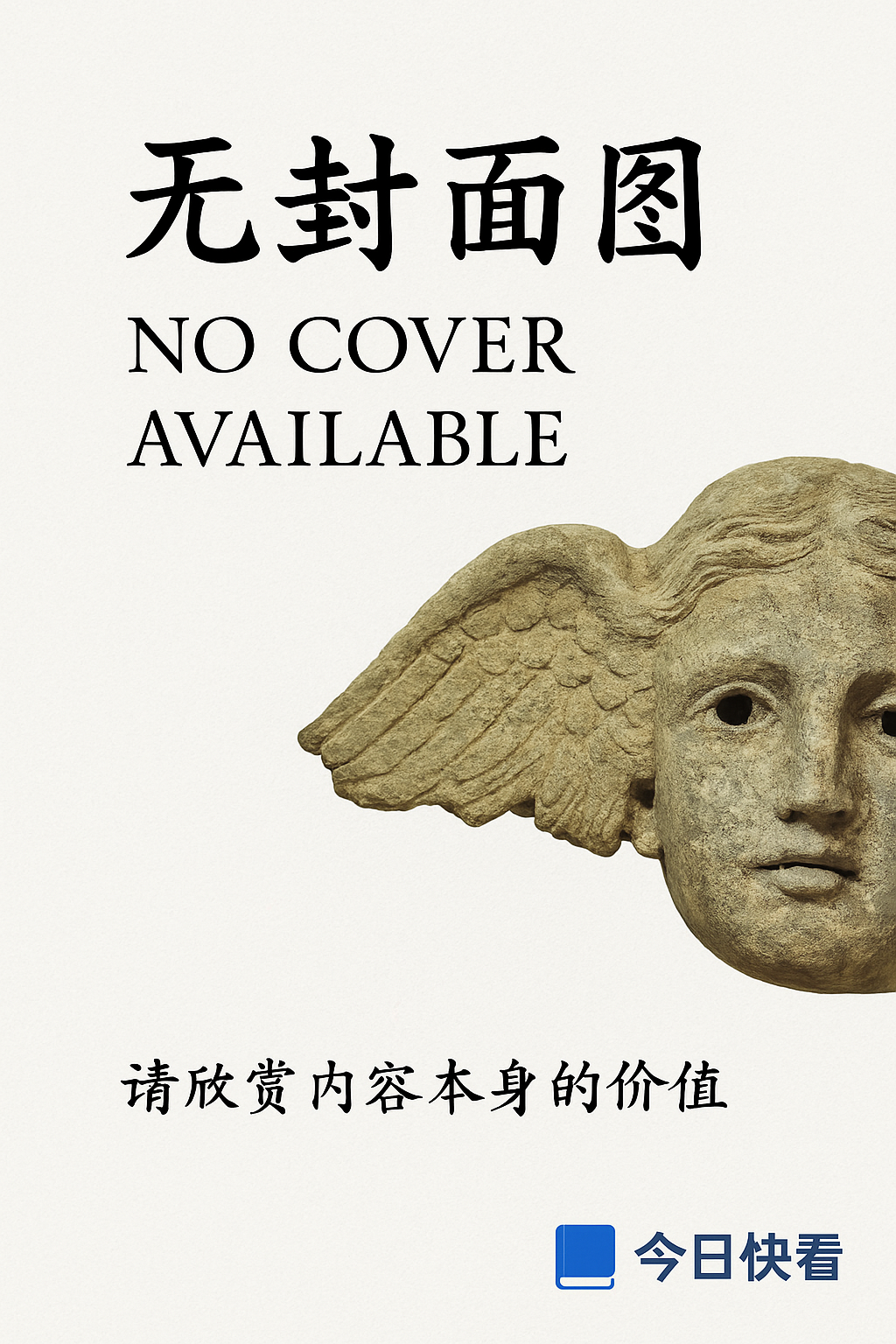书籍详情

The Aesthetics and Psychology of the Cinema
Jean Mitry / Indiana University Press /2000年1月1日
"The Aesthetics and Psychology of the Cinema" by Jean Mitry is a groundbreaking work of film theory that explores the intersection of aesthetics and psychology in cinema. This essential book offers a fresh and compelling analysis of the ways in which films affect our perceptions and emotions. Mitry delves into the inner workings of the cinematic experience, examining how films are constructed and how they impact viewers on a psychological level. He also discusses the role of aesthetics in film, exploring how visual elements such as lighting, composition, and color contribute to the overall emotional impact of a film. This book is highly recommended for anyone interested in film theory, aesthetics, or the psychology of cinema.
大纲笔记
《The Aesthetics and Psychology of the Cinema》书籍摘要
第一章:引言
- 电影艺术的独特性:Mitry认为电影是一种独特的艺术形式,它结合了视觉、听觉和时间元素。
- 电影研究的必要性:强调了美学和心理学的角度研究电影的必要性,以及这种跨学科方法对于理解电影魅力的贡献。
第二章:电影作为艺术
2.1 电影的技术基础
- 机械复制的艺术品:电影是机械复制的艺术品,其可复制性和广泛传播是其独特性质之一。
- 运动画面的幻觉:电影的运动画面创造了一种动态的幻觉,这是其他静态艺术形式所不具备的。
2.2 电影的叙事结构
- 时间流动与叙事节奏:电影通过控制时间的流动和画面的剪辑来创造出叙事的节奏和情感效果。
- 视觉语言的构成:电影使用视觉语言,即光影、构图、色彩等元素来讲述故事。
第三章:电影的心理影响
3.1 观众的感知过程
- 视觉感知的重要性:观众对电影的感知首先基于视觉,电影的视觉元素直接影响观众的感受和理解。
- 听觉感知的辅助作用:声音,尤其是音乐和音效,增强电影的情感表达和真实感。
3.2 情感反应与心理认同
- 情感共鸣:电影的情节和内容能够引起观众的情感共鸣。
- 角色认同:观众往往会认同电影中的角色,这种认同过程有助于加深对电影的理解。
第四章:电影的美学探讨
4.1 电影与现实的联系
- 电影的真实性:探讨了电影如何记录和再现现实,以及这种真实性的美学价值。
- 表现主义的电影:讨论了表现主义电影中的风格化和象征手法,以及它们如何超越现实的表现。
4.2 电影的风格与流派
- 电影风格的变化:分析了不同历史时期电影风格的演变及其背后的社会文化因素。
- 流派的多样性:论述了不同类型的电影,如喜剧、悲剧、悬疑等,各自的美学特点和社会功能。
第五章:结论
- 电影的未来展望:Mitry对电影的未来持有乐观态度,预测技术进步将继续丰富电影的艺术表现力。
- 跨学科研究的意义:重申了从美学和心理学的视角结合研究电影的重要性,以及这种研究方法对于电影批评和理论发展的贡献。
精彩句段
针对Jean Mitry的《The Aesthetics and Psychology of the Cinema》一书,我为您精选了以下句子或段落。这些内容各具特色,旨在展现书籍的深度、独特视角、语言魅力、智慧光芒或创造力。由于篇幅限制,我将分三部分(编号1-7,8-14,15-20)进行展示。 第一部分(1-7)
- “电影,作为一种艺术形式,其独特性在于它能够同时触动我们的视觉和听觉,从而构建出一个超越现实又极具真实感的梦幻世界。” —— 这句话深刻揭示了电影的魅力所在,即通过视听结合的手法创造出一个既真实又梦幻的艺术空间。
- “在电影中,每一个镜头都不仅仅是对现实的简单记录,而是导演用以传达情感、思想和观念的独特语言。” —— Jean Mitry强调了电影镜头的语言性质,它不仅是记录,更是表达。
- “电影的美学价值在于它能够以动态的画面和声音,捕捉到生活中最微妙、最难以言表的瞬间。” —— 这句话突出了电影在捕捉和表现生活瞬间方面的独特美学价值。
- “观众在观影过程中的心理变化,是电影艺术成功与否的重要衡量标准。” —— Jean Mitry将观众的心理体验作为评价电影艺术成就的关键因素,体现了其以观众为中心的艺术观念。
- “电影中的色彩、光影和构图,不仅仅是视觉元素,它们更是情感和思想的载体。” —— 这句话强调了电影中视觉元素在传达情感和思想方面的重要作用。
- “一部伟大的电影,不仅能够触动我们的感官,更能够触动我们的心灵。” —— Jean Mitry认为,电影的最高境界是能够打动人心,引起观众深层次的共鸣。
- “电影艺术的创新,不仅在于技术的革新,更在于对人性、社会和文化的深刻洞察。” —— 这句话体现了作者对电影艺术创新的多维度理解,既包括技术层面,也包括人文层面。
第二部分(8-14)
- “电影中的每一个细节,无论是角色的一个眼神、一句台词,还是背景音乐的一个音符,都是导演精心设计的语言,用以讲述一个完整的故事。” —— 这句话展现了电影中细节的重要性,以及导演在创作过程中的匠心独运。
- “电影的时间是一种特殊的时间,它既可以压缩也可以扩展,既可以回溯也可以前瞻,这种灵活性使得电影成为了一种独特的叙事艺术。” —— Jean Mitry阐述了电影时间的特殊性,以及这种特殊性如何赋予电影独特的叙事能力。
- “电影的空间同样具有独特性,它可以通过镜头的变换和剪辑的手法,将不同的空间连接在一起,构建出一个全新的、超越现实的空间。” —— 这句话揭示了电影空间的独特性以及其在电影创作中的重要作用。
- “电影中的蒙太奇手法,不仅仅是一种剪辑技巧,更是一种思维方式,它能够打破现实的逻辑,创造出一种全新的意义。” —— Jean Mitry强调了蒙太奇手法在电影创作中的重要作用,以及其所蕴含的深刻思维方式。
- “电影中的演员,既是角色的扮演者,也是观众情感的引导者,他们的表演直接影响着观众对电影的理解和感受。” —— 这句话突出了演员在电影中的重要地位以及其对观众情感的影响。
- “一部好的电影,应该能够引发观众的思考,而不是仅仅满足于提供娱乐。” —— Jean Mitry认为,电影除了娱乐功能外,还应该承担引发观众思考的社会责任。
- “电影艺术的发展,离不开对传统的继承和对创新的追求,只有在这两者之间找到平衡,电影艺术才能不断前进。” —— 这句话体现了作者对电影艺术发展的深刻见解,既强调传统的重要性,也鼓励创新的精神。
第三部分(15-20)
- “电影中的音乐,往往能够深入到画面的背后,揭示出角色内心的情感和思想。” —— Jean Mitry揭示了电影中音乐的独特作用,它能够与画面相互补充,共同构建电影的内心世界。
- “电影中的幽默元素,不仅可以带给观众欢乐,更可以在欢笑背后传达出深刻的社会寓意。” —— 这句话体现了电影中幽默元素的双重功能,既娱乐观众,又传达深刻思想。
- “电影中的暴力场面,如果处理得当,不仅可以增强电影的戏剧张力,还可以引发观众对暴力问题的深刻反思。” —— Jean Mitry认为,电影中的暴力场面也可以成为传达深刻思想的有效手段。
- “电影艺术是一种集体创作的艺术,它需要导演、演员、摄影师、剪辑师等多个角色的共同努力才能完成。” —— 这句话强调了电影艺术的集体性特征以及团队合作在电影创作中的重要性。
- “随着科技的发展,电影的表现形式也在不断变化,但无论形式如何变化,电影的核心始终是讲述一个好故事。” —— Jean Mitry坚信,无论电影技术如何发展变化,讲好故事始终是电影的核心任务。
- “最后,我要说的是,电影不仅是一种艺术形式,更是一种生活方式,它能够让我们在短暂的时间里体验到不同的人生和情感。” —— 这句话作为总结,强调了电影在人们生活中的重要地位以及其所
作者介绍
Jean Mitry: A Journey Through the Cinematic Mind Introduction: Jean Mitry, a name synonymous with the world of cinema, was a French film theorist, critic, and historian who made significant contributions to the understanding of film aesthetics and psychology. In this article, we will explore the life and works of this influential figure, delving into his personal information, educational background, career, writing style, and the impact he had on the world of cinema. 1. Personal Information: Jean Mitry was born on January 21, 1907, in Saint-Affrique, Aveyron, France. He passed away on June 11, 1988, leaving behind a legacy that continues to influence film studies and criticism. 2. Education and Career Background: Mitry studied philosophy and letters at the University of Montpellier, where he developed a keen interest in the arts. He began his career as a teacher before transitioning to film criticism in the 1930s. His passion for cinema led him to become a prominent figure in the French film industry, working as a film historian, critic, and theorist. 3. Writing Career: Jean Mitry authored several books on film theory and aesthetics, with his most notable work being "The Aesthetics and Psychology of the Cinema." This comprehensive treatise delves into the artistic and psychological aspects of cinema, exploring the medium's unique language and its ability to evoke emotions in viewers. 4. Writing Style and Themes: Mitry's writing is characterized by its depth, rigor, and clarity. He approached cinema as an art form that required both intellectual and emotional engagement. His works often focus on the relationship between the viewer and the film, the role of the director, and the importance of understanding the cinematic language. 5. Personal Life: While much of Mitry's personal life remains private, it is evident that his passion for cinema was a driving force throughout his life. His dedication to film theory and criticism has left an indelible mark on the field. 6. Social Impact: Jean Mitry's work has had a significant impact on the study of cinema. His theories have influenced generations of film scholars, critics, and filmmakers. His approach to understanding cinema as an art form has helped to elevate the medium's status in the world of art and culture. 7. Quotes and Evaluations: Renowned film critic and theorist, André Bazin, praised Mitry's work, stating, "Jean Mitry's contributions to film theory have been invaluable. His insights into the psychology of cinema have opened new avenues for understanding the medium." 8. Latest Developments: While Jean Mitry is no longer with us, his work continues to be studied and referenced in contemporary film theory. His books remain essential reading for anyone interested in the art and psychology of cinema. Conclusion: Jean Mitry's life and work have left an indelible mark on the world of cinema. His dedication to understanding the aesthetics and psychology of film has enriched the field and continues to inspire future generations of film scholars and critics. Through his writing, Mitry has shown us that cinema is not just a form of entertainment but a powerful medium that can evoke deep emotions and provoke thought.
更多精选笔记推荐
清入关前步兵研究 : MIng-Qing Military Revolution:Study on the Infantry Perspective in Early Qing Period
作者: 张建
"明清军事革命:清入关前步兵研究"一书由张建所著,深入探讨了清朝入关前步兵的发展历程。书中指出,在萨尔浒决战之前,建州军队以骑兵为主力,步兵仅起辅助作用。然而,萨尔浒战役后,努尔哈赤为了适应攻城战的需要,开始临时选拔精锐士兵充当步兵。这一转变不仅提升了步兵在清朝军队中的地位,也为清朝日后的军事扩张奠定了基础。本书通过对这一时期步兵的选拔、训练、装备和战术的详细研究,揭示了清朝军事力量的逐步壮大和军事制度的变革。此书对于理解清朝早期军事史以及明清之际的军事变革具有重要参考价值。
你会杀死那个胖子吗? : 一个关于对与错的哲学谜题
作者: [英]戴维·埃德蒙兹、大卫·埃德蒙兹
《你会杀死那个胖子吗?》是由戴维·埃德蒙兹撰写的一本探讨伦理学难题的书籍。书中深入分析了电车难题,这是伦理学中一个著名的思想实验,旨在探讨人们在面对道德抉择时的决策过程。电车难题通常描述了一个假设情景,即一辆失控的电车即将撞上一群无辜的人,而你有机会通过某个行动(比如推动一个胖子改变电车的路径)来改变这一结果。这个思想实验引发了关于功利主义(以最大化幸福为原则)和康德式义务论(认为某些行为本身就是错误的)之间的辩论。作者通过这个哲学谜题,引导读者思考更广泛的道德和伦理问题,如堕胎、战争、以及在紧急情况下是否牺牲少数人来保全多数人的议题。书中不仅讨论了这些伦理难题的理论层面,还探讨了它们在现实生活中的应用,以及这些决策对个人和社会的深远影响。通过一系列的案例分析和哲学讨论,戴维·埃德蒙兹试图揭示道德决策背后的复杂性,并挑战读者对于对与错的传统看法。这本书是对那些对伦理学有兴趣,或者在日常生活中面临道德抉择的人来说,是一本极具启发性的读物。
历史的终结与最后的人
作者: [美] 弗朗西斯·福山
《历史的终结与最后的人》是由美国学者弗朗西斯·福山所著,探讨了人类历史的发展及其终结,以及现代社会人类生活的本质。作为"理想国译丛"系列之一,本书保持了开放性的思想和非功利的视角,引领读者洞察世界的多样性和复杂性。书中深入分析了自由民主制度在全球的普及,并提出了“历史终结论”,即自由民主制度是人类社会政治演进的终点。然而,福山也指出了自由民主社会面临的挑战和困境,如人的虚无主义和自由主义带来的道德相对主义等。本书既是一部政治哲学的重要著作,也是一本引发深思的现代社会启示录,为读者提供了新的思考和认识现代社会的视角。
伽利略传 : 现代科学之父的探索与抗争
作者: [以] 马里奥·利维奥
《伽利略传》一书生动再现了现代科学之父伽利略的传奇一生。伽利略不仅是现代科学研究方法的奠基人,更在物理学领域做出了卓越贡献,被爱因斯坦誉为“现代物理学之父,甚至是整个现代科学之父”。他的研究方法和思想成果对现代科学产生了深远影响,使得人类对自然世界的认识发生了翻天覆地的变化。伽利略在追求真理的道路上历经坎坷,但他始终坚持自己的科学信念,勇于探索未知领域,为后世科学家树立了光辉榜样。通过阅读本书,读者不仅可以了解伽利略的生平事迹和科学成就,更能感受到他那种不屈不挠、追求真理的科学精神,从而激发自己对科学的热爱和追求。



